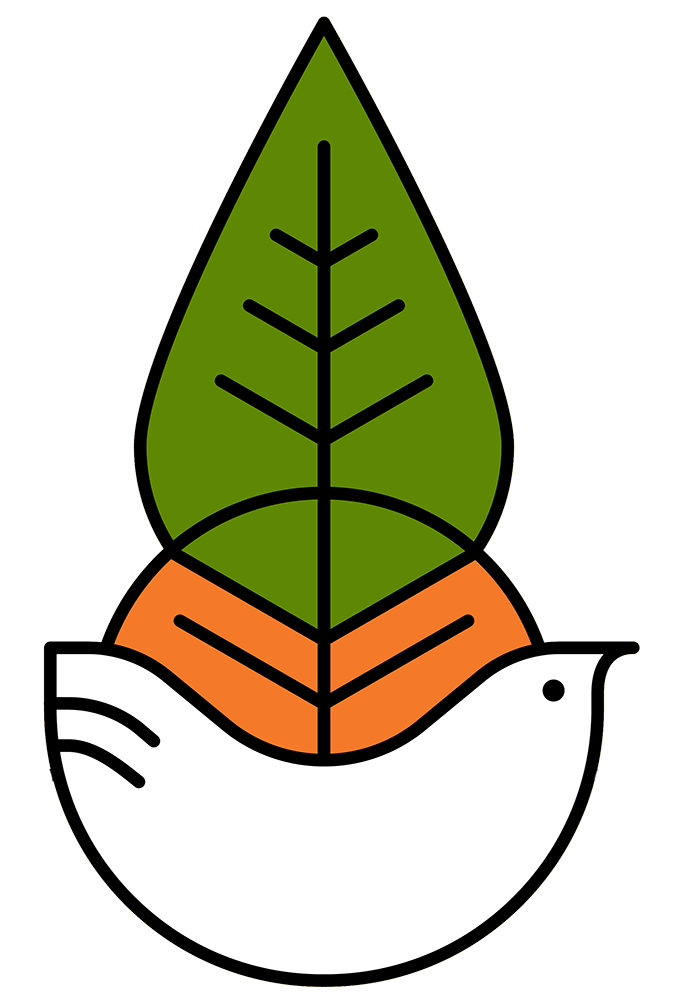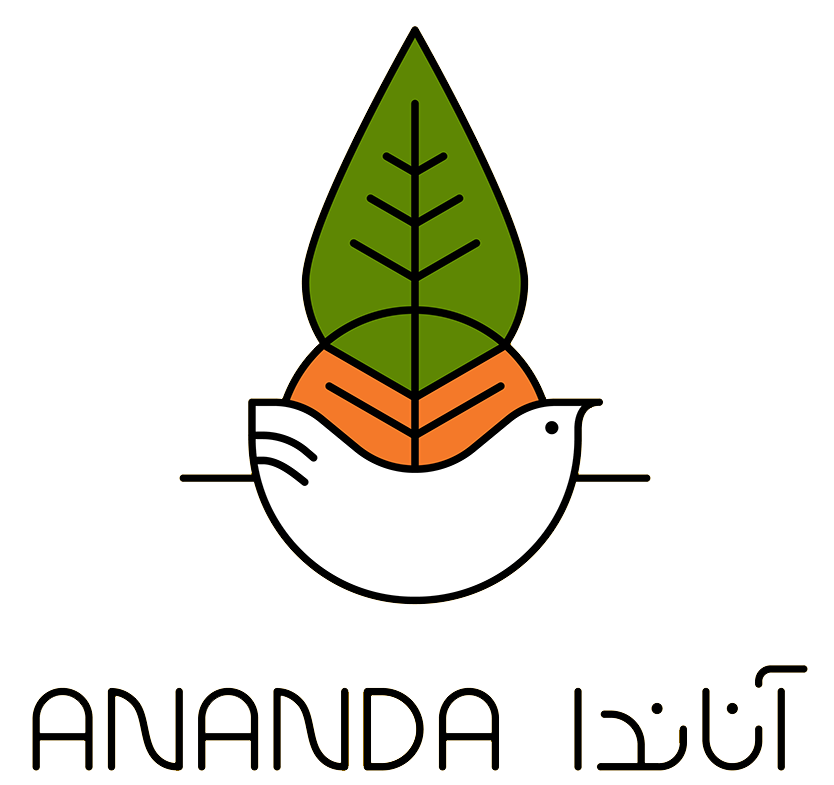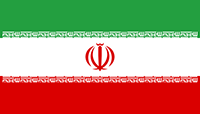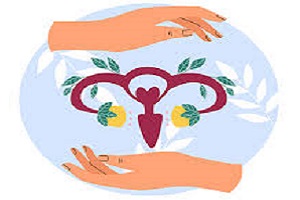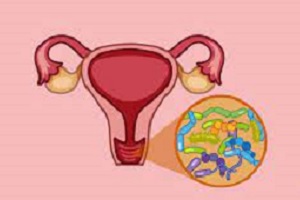By Setareh Kiumarsi
Is your vagina not feeling its best? Do you frequently experience vaginal infections? Have itching or foul-smelling discharge? Has the HPV virus taken up residence in your reproductive system and refuses to leave? Are you noticing genital warts, skin inflammation, or bumps around the genitals or anus?
Genital Health
In Ayurveda, these issues arise due to an imbalance of the Kapha and Pitta doshas at the same time. What does that mean?
It means your pelvic area is filled with warmth and moisture—think of a hot, sticky phlegm the body is trying to purge. It tries to eliminate it through the skin or vagina… and what does that lead to? Foul-smelling discharge, genital inflammation, or warts.
What should we do?
The first step is to avoid foods that are too moist or overly heating when these symptoms are present:
Cheese, yogurt (digestive lassi is okay), whey, banana, pineapple, melon, cantaloupe, peach, nectarine, orange, very sour fruits (like sour cherries, greengages, sour plums, fruit rolls, etc.), vinegar, verjuice, seafood (fish, shrimp, etc.), beef and veal, fast food, sausages, deli meats, cured meats, ketchup, mayonnaise, soy sauce, teriyaki sauce, eggplant, garlic, shallots, hot spices, caffeine, alcohol, walnuts, peanuts, and cashews.
What foods should we include in our diet?
Foods that are considered cool and dry in nature. These act like a cooling sponge that absorbs hot, inflamed phlegm, detoxifies the body, and reduces inflammation. Which foods?
Baked apples or pears—the more, the better!
(Cooked apple recipe mentioned in earlier article)
Cooling vegetables like celery, cilantro, mung bean sprouts, asparagus, cauliflower, broccoli, cabbage…
(It’s best to consume these cooked with spices and combined with warming vegetables like carrots, parsley, spinach, basil, garden cress, savory, beets, leek, etc. If you suffer from chronic constipation, avoid even cooked cauliflower, broccoli, and cabbage.)
This sticky phlegm first shows up as swelling and inflammation. If it isn’t expelled from the ovaries, it gradually sinks into deeper tissue layers, becomes firm and dense, and turns into sticky lumps like cysts, fibroadenomas, tumors, etc.
One major source of these sticky lumps is the food we eat. The appropriate diet for these issues is similar to the one recommended for treating ovarian cysts, which I’ve detailed in previous posts (see Ovarian Cyst post).
Stay full of health…
Please be sure to credit the author, Setareh Kiumarsi, when sharing or republishing this article, which was written with love and the hope of well-being for all.
